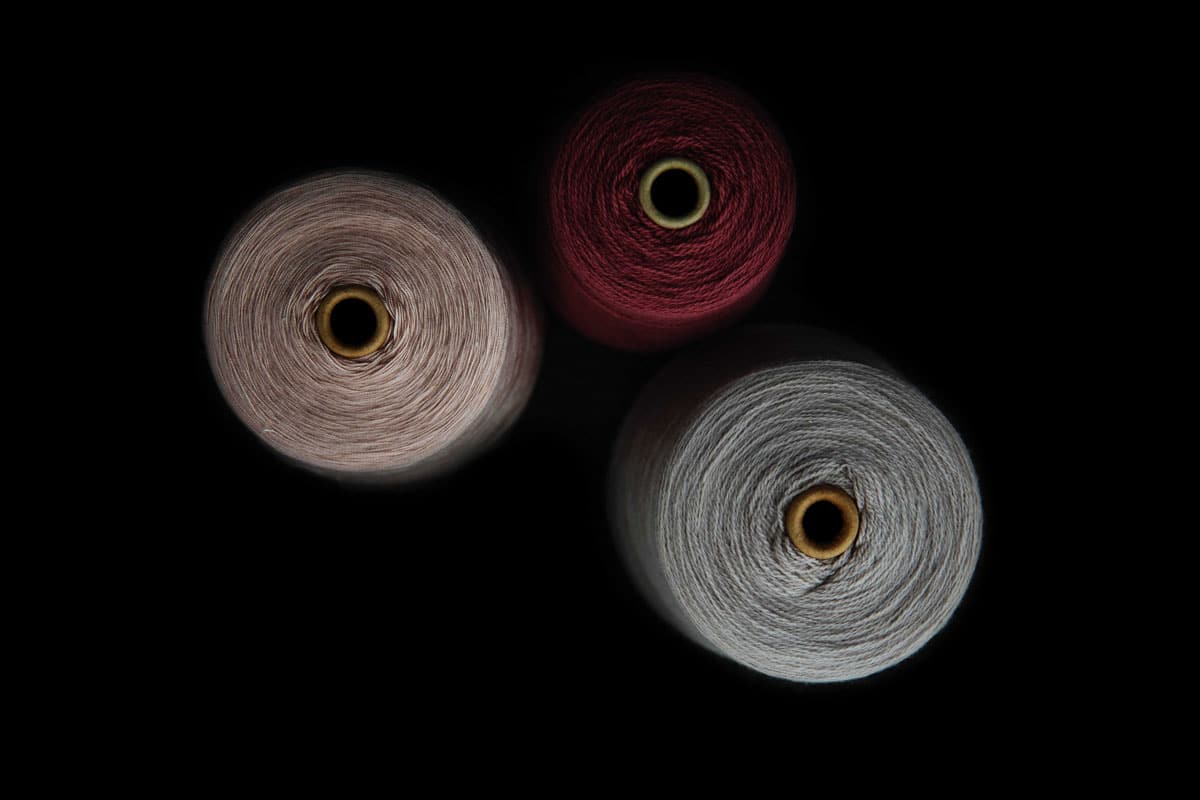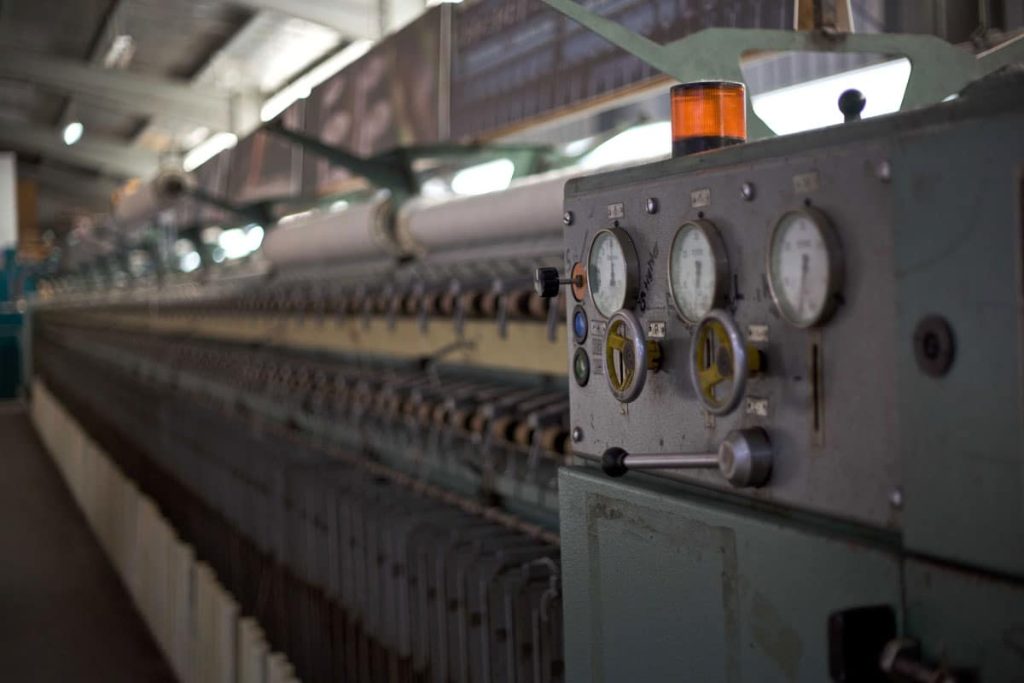Manufacturing Humidity: Organic and Non-Organic Fibers
Wool. Feathers. Cotton. Linen. Silk. Bamboo. Hemp. What do all of these have in common? All of these derive from organic materials that thrive on moisture when still ‘alive.’ As a processed material, such as textiles, the need to maintain humidity is still necessary. This need is seldom addressed until problems arise in the production process. These types of materials will typically absorb water from the air. Increasing relative humidity (RH) levels helps to optimize the production environment. Industrial humidifiers such as high-pressure fog or mist systems alleviate problems in the textile manufacturing process. Fibers like cotton and silk form the basis of many woven textiles. They are used on their own or combined with other non-organic fibers for use in industry or consumer products. Organic types of base materials will typically absorb water from the air. In higher humidity environments these materials stay pliable, have less breakage in the yarn fibers and the weaving process. 
Dust Problem With Textile Fibers: Feathers & Wool
Feathers used in the production of clothing or bedding not only get ‘loose’ in the process but can also create dust. Material pliability is greatly influenced by relative humidity levels. Humidity also reduces the amount of materials and dust in the air. Higher RH eases the levity of these materials, making them heavier. At the same time, humidity reduces static creating an environment where materials are less able to ‘attach’ themselves to each other, surroundings and machinery. The ability of humidity and RH levels to reduce static also reduces dust and particulate levels in the air.
Static Plays A Negative Role In Textile Manufacturing
Humidity can reduce static in the spinning process and can also keep threads smooth and resistant to unraveling, breakage and shrinking. Even when combined with inorganic materials such as poly fibers in garment textiles, there is still a need for humidity. So many woven performance fabrics today combine natural fibers with elastane or spandex like denim. These materials on their own or blended with natural or organic fibers often don’t absorb water from the air and there is a real need for static reduction in these production environments, especially for indoor heated environments. These non-organic materials make good conductors of static electricity. Winter conditions demand heat for indoor production environments and cause dry air conditions. Depending on location and seasonal relative humidity levels, humidification is necessary to keep dry air and static away. Humidity needs often cross seasons, especially in more arid geographies.
The Right Humidifier Solution
Curious how our equipment can be custom configured for your factory? We’re happy to provide a free quote. Utilize our team of experts along with superior equipment to solve your dry air conditions. Keep your machinery online and materials optimized with little waste. Let us help you find a solution.
Winter Humidification | MicroCool FOCUS System | Read Similar: Wood Fibers | Video
Need A Consistent, High-Quality Industrial Humidifier Solution For Your Textile Production Environment? phone. 1-800-322-4364 or 1-760-322-1111 | email. info at microcool.com

